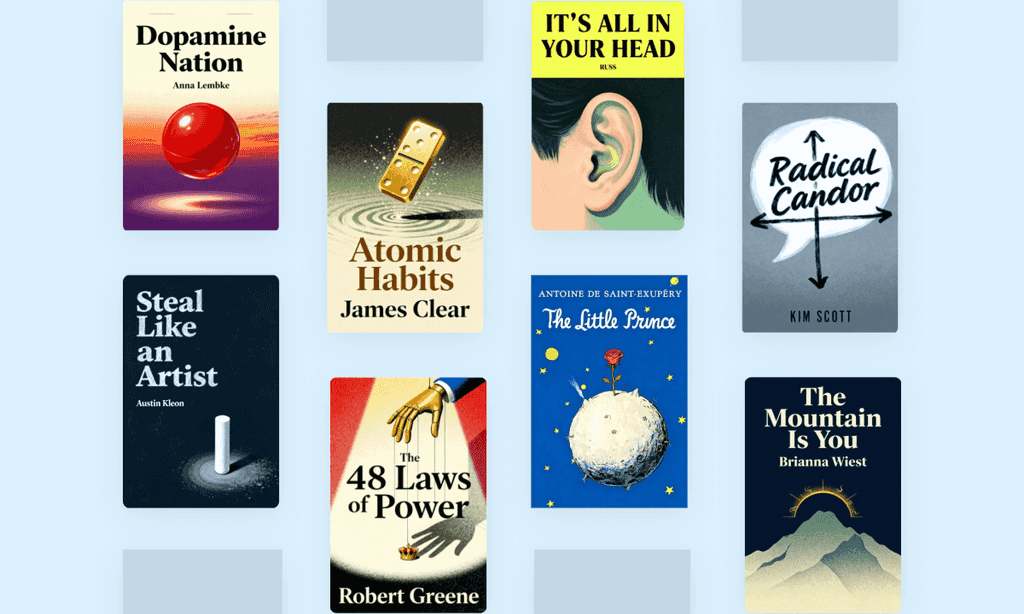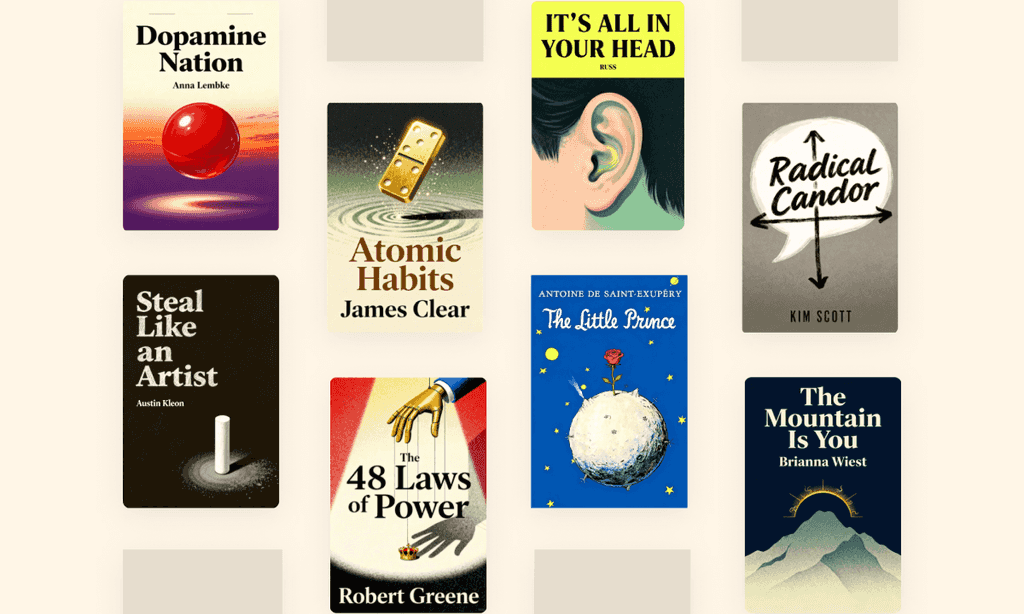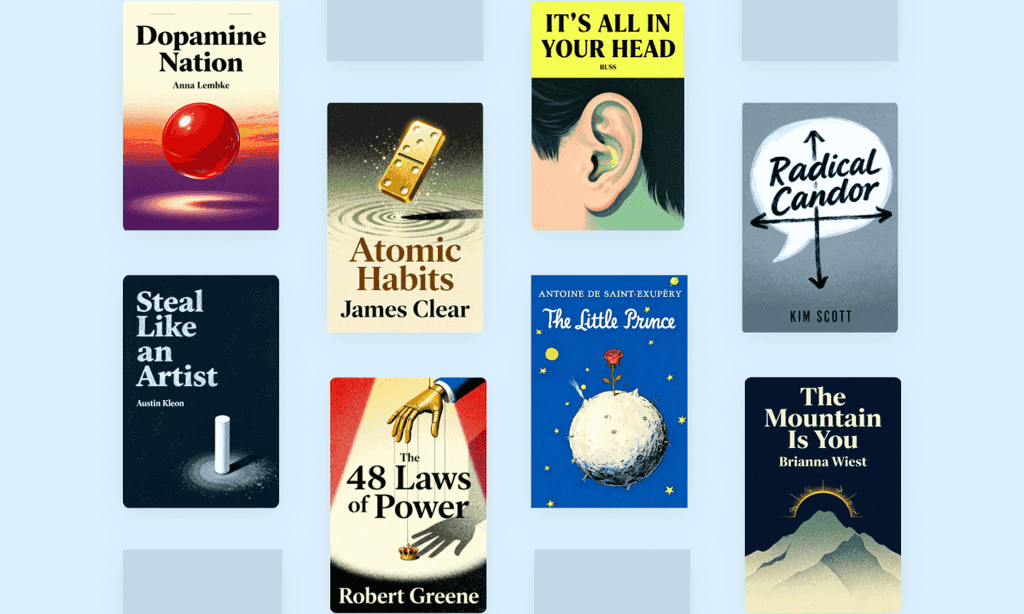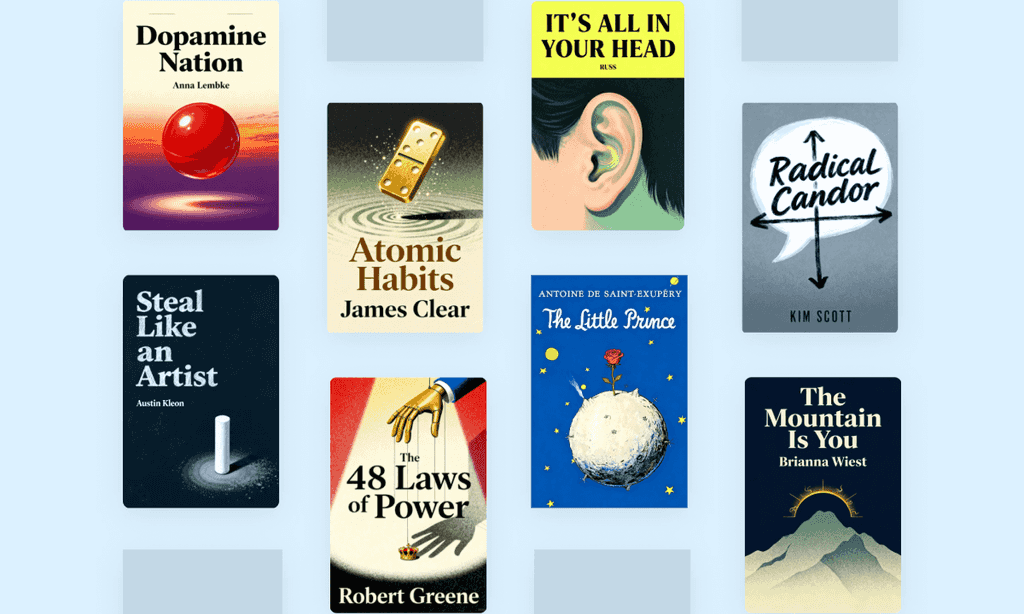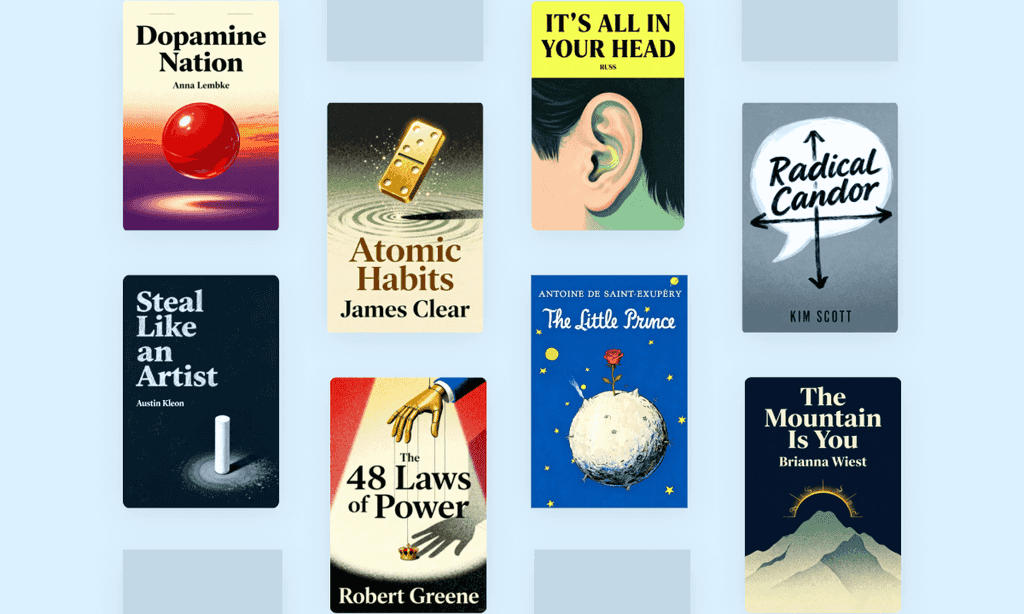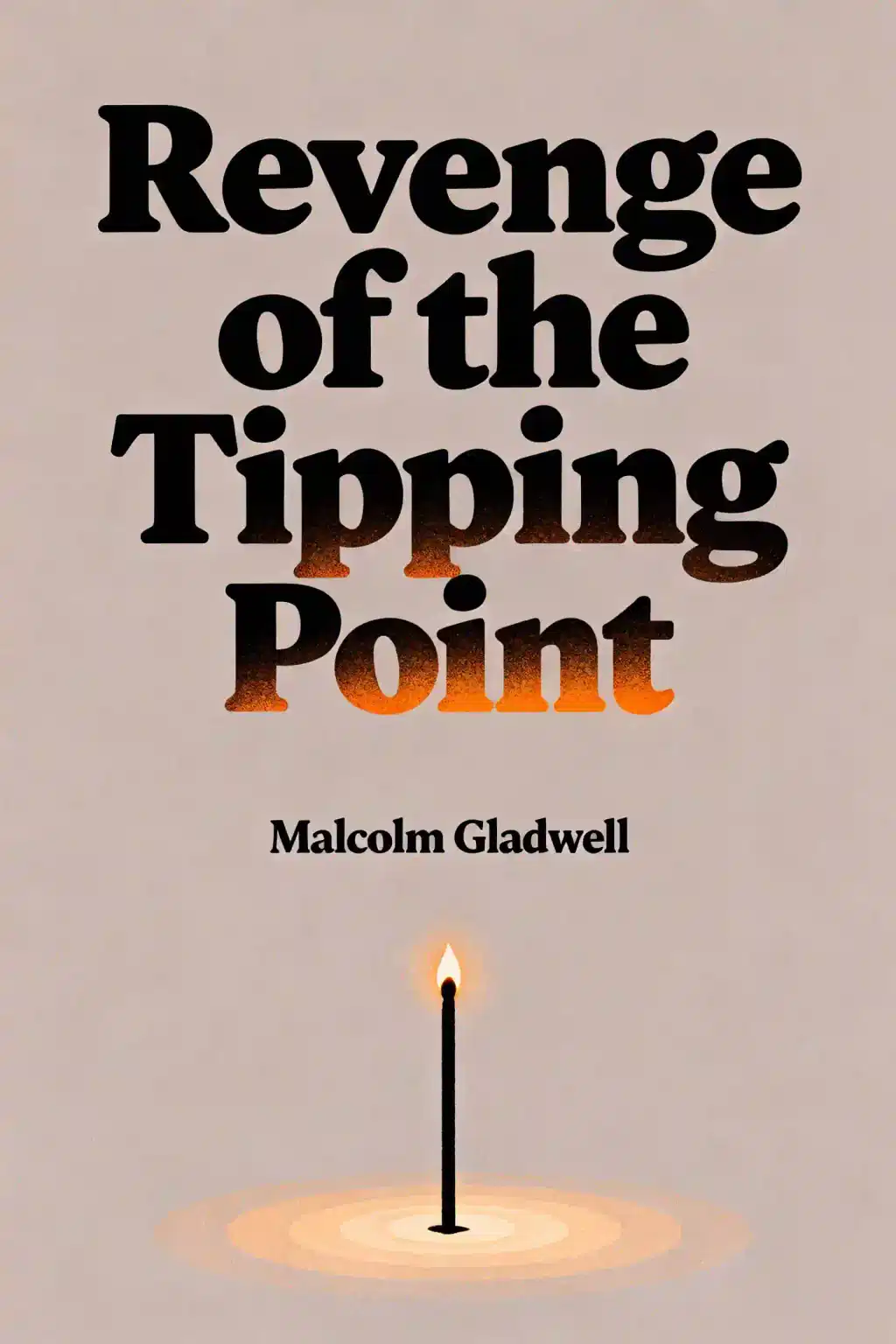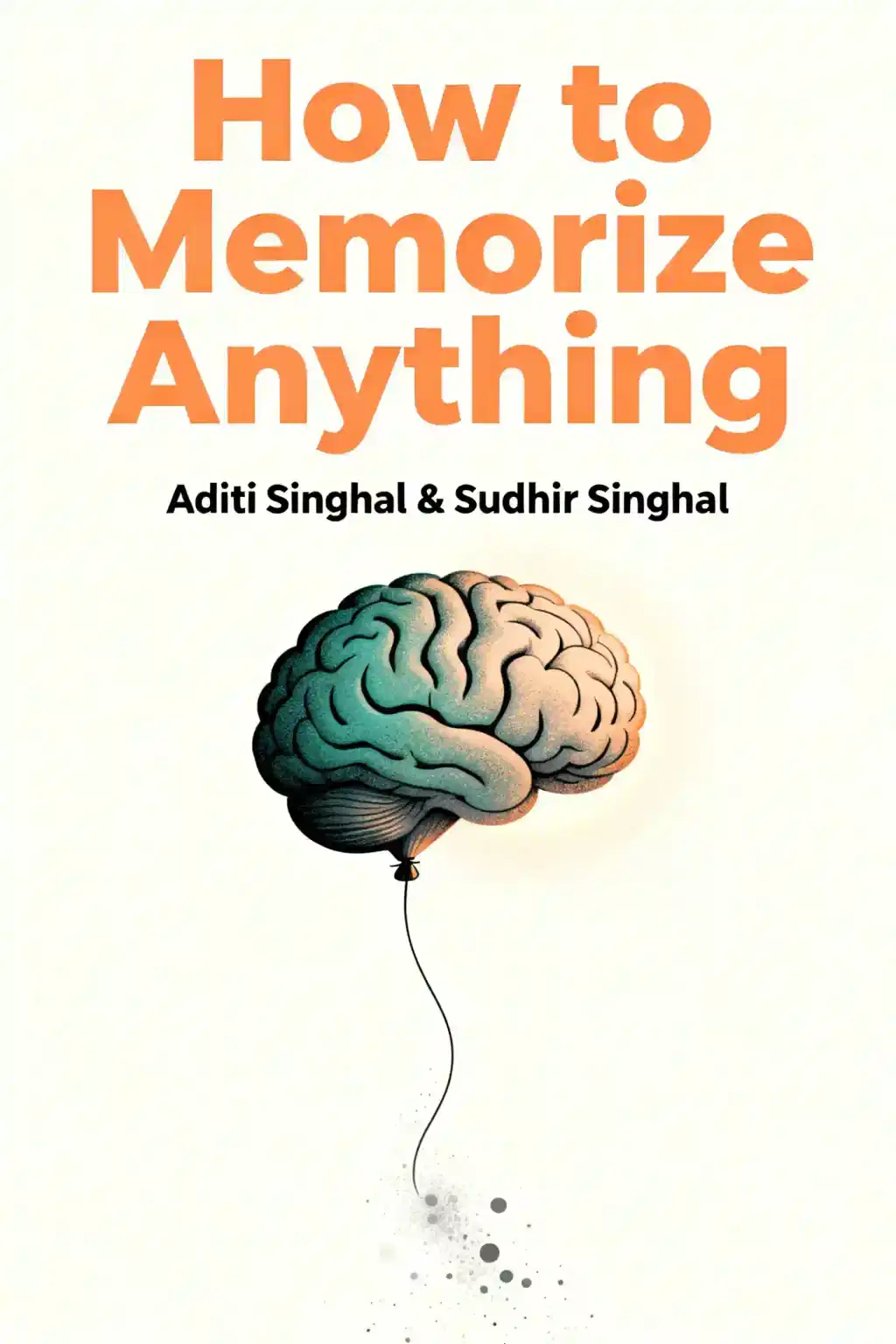
Learning Agile by Andrew Stellman & Jennifer Greene Summary
Master agile methodologies with the book praised by Agile Manifesto co-author James Grenning. Why do elite teams swear by Scrum, XP, Lean, and Kanban? Discover the framework that transformed software development and sparked a productivity revolution beyond tech.
About the author
Andrew Stellman and Jennifer Greene, bestselling authors of Learning Agile: Understanding Scrum, XP, Lean, and Kanban, are renowned experts in Agile methodologies and software development. With over two decades of experience managing teams at organizations like Microsoft, Bank of America, and MIT, their work bridges technical practices and team dynamics.
Learning Agile is a cornerstone in software development literature, exploring Agile frameworks like Scrum and Kanban through real-world case studies. This reflects their hands-on experience leading international software teams and enterprise Agile transformations.
They co-authored several influential titles, including Head First PMP and Applied Software Project Management, both widely used in academic and professional settings. Through Stellman & Greene Consulting, they provide training and coaching to global organizations, emphasizing practical Agile adoption. Their books have sold hundreds of thousands of copies worldwide and are translated into multiple languages, solidifying their role as trusted voices in tech and project management communities.
FAQs About This Book
Learning Agile is a comprehensive guide to understanding Scrum, XP, Lean, and Kanban, focusing on agile principles rather than rigid methodologies. It teaches teams to shift from plan-driven execution to collaborative decision-making, emphasizing adaptability and efficiency in software development. The book combines real-world examples, narratives, and FAQs to help readers apply agile practices effectively.
This book is ideal for software developers, project managers, and team leaders seeking to implement agile methodologies. It’s also valuable for organizations transitioning to agile, as it clarifies how to choose the right framework (Scrum, XP, Lean, or Kanban) based on team needs. Beginners and experienced practitioners will gain actionable insights into fostering collaboration and continuous improvement.
Yes, Learning Agile remains relevant in 2025 for its timeless exploration of agile principles and practical frameworks. As workplaces prioritize adaptability, the book’s focus on mindset shifts, waste reduction (Lean), and workflow optimization (Kanban) aligns with modern demands for高效团队 collaboration. Critiques note its repetitive structure, but its depth outweighs this.
The book breaks down four key methodologies:
- Scrum: Project management via sprints and retrospectives.
- XP (Extreme Programming): Software design through test-driven development and pair programming.
- Lean: Eliminating waste and empowering teams.
- Kanban: Managing workflow for continuous delivery.
Scrum is presented as a project management framework emphasizing self-organization, sprint planning, and collective accountability. The book details roles (Scrum Master, Product Owner), artifacts (product backlog), and ceremonies (daily standups) to foster iterative progress. It highlights Scrum’s effectiveness in aligning teams with evolving priorities.
The book emphasizes Lean’s focus on eliminating waste (e.g., redundant processes) and empowering teams to deliver value faster. It connects Lean thinking to agile’s broader goals, teaching readers to identify bottlenecks and streamline workflows without overburdening team members. Real-world examples illustrate how Lean complements methodologies like Kanban.
- Scrum: Time-boxed sprints, predefined roles, and structured ceremonies.
- Kanban: Visual workflow management (via boards), continuous delivery, and work-in-progress limits.
The book advises using Scrum for project-focused teams and Kanban for maintenance or rapid delivery contexts.
Critics note the book’s length (420+ pages) and repetitive pedagogical structure. However, its detailed breakdown of agile principles and methodologies offsets these concerns, offering clarity for readers new to agile. Some argue it could delve deeper into hybrid approaches, but it prioritizes foundational understanding.
While geared toward software development, the book’s principles—like iterative planning (Scrum) and workflow visualization (Kanban)—apply to marketing, product management, and operations. Teams in任何 industry can adopt its mindset-focused strategies to improve collaboration and adaptability.
Key takeaways include:
- “Agile is a mindset, not a checklist”.
- The Agile Manifesto’s 12 principles, explained through real-world scenarios.
- Test-driven development (XP) and retrospectives (Scrum) as tools for continuous improvement.
The book positions agile coaches as facilitators who help teams adopt self-organization and iterative learning. It provides strategies for overcoming resistance to change, such as aligning agile practices with organizational goals and fostering psychological safety.
Its practical, non-dogmatic approach to agile frameworks resonates in fast-evolving industries. As remote work and AI integration complicate team dynamics, the book’s emphasis on adaptability, communication, and value-driven delivery remains critical. Updated editions and enduring relevance in tech education sustain its popularity.
Quick Summary Mode - Read or listen to Learning Agile Summary in 9 Minutes
Break down key ideas from Learning Agile into bite-sized takeaways to understand how innovative teams create, collaborate, and grow.
Flash Card Mode - Top 8 Insights from Learning Agile in a Nutshell
Distill Learning Agile into rapid-fire memory cues that highlight Pixar’s principles of candor, teamwork, and creative resilience.

Fun Mode - Learning Agile Lessons Told Through 25-Min Stories
Experience Learning Agile through vivid storytelling that turns Pixar’s innovation lessons into moments you’ll remember and apply.
Personalize Mode - Read or listen to Learning Agile Summary in 0 Minutes
Ask anything, pick the voice, and co-create insights that truly resonate with you.

From Columbia University alumni built in San Francisco
See More Stories?

Get the Learning Agile summary as a free PDF or EPUB. Print it or read offline anytime.
